Wearable Self-Powered Sensors for Health Care, 5G, Energy Harvesting, and IOT Systems
Introduction
Basic theory and design of small, printed antennas is presented in [1]. However, the efficiency of small antennas is low, [2-4]. Compact printed metamaterials antennas and sensors are used in wireless communication systems and were discussed and presented in several publications in this century, [2-6]. Printed dipoles, FIPA and loop antennas, printed Slots, microstrip antennas, and other compact antennas are employed in radars, Internet of Things (IoT), 5G, and healthcare systems [2-6]. Several types of small efficient wideband wearable antennas are presented in, [2- 4]. Metamaterials are materials with periodic artificial structures. The metamaterial elements and structure define the electrical properties of the material. Metallic posts structures and periodic split ring resonators (SRRs) may be employed to produce structures with required permeability and dielectric constant as discussed in [7–11]. Metamaterials may be employed to develop efficient sensors for communication, wearable healthcare and IoT devices, [12-16]. In [6] the metamaterial antenna gain, and bandwidth are similar, to those of microstrip antennas. In [8] materials with negative dielectric permittivity are evaluated. In [9], a model and setup to simulate and measure the polarity of SRRs is presented.
The model is used to compare measured results to computed results. In [12] a transmission-line metamaterial antenna with two transmission line arms that resonate at two different frequencies, is presented. The antenna bandwidth is 3% with 2.6dBi directivity. The radiation efficiency is 65% at 3.3 GHz. The antenna gain is around 0.8dBi. Compact radiators such as printed loops and dipoles, patches, and FIPA antennas suffer from low efficiency [2- 5,16-28]. These antennas are linear polarized. Compact efficient metamaterial antennas may be important element in wearable medical and energy harvesting systems. In several 5G, energy harvesting, and medical systems, the receiving signal polarization may be horizontal, elliptical, or vertical polarized. In these cases, the antenna should be dual polarized sensors. Small efficient wearable metamaterials antennas for medical systems are presented in [15- 16]. Wearable antenna measurements in vicinity of human body are presented in [17]. Active wearable antennas for communication and medical systems are presented in [19]. Wearable healthcare devices are used to increase disease cure and prevention. Efficient medical care may be achieved by online evaluation of a continuous measured medical data of patients.
Healthcare remote monitoring system in hospitals is presented in [29]. A wireless wearable device with thermal-aware protocol is discussed in [30]. In [31-40] wearable sensors and antennas for medical applications are presented. Wearable medical sensors can monitor and check patient daily health [34-35]. Dual polarized dipole wearable antenna for medical applications is presented in [39]. In this article, metamaterials technology is used to design high efficiency sensors and antennas with harvesting energy unit for healthcare, 5G, and IoT devices. Dual polarized metamaterial antennas have significant advantages over regular printed antennas. Such as, high efficiency and gain. The antennas bandwidth is around 40%, for VSWR, better than 3:1. The gain of the antennas with CSRRs is around 7dB. The sensors efficiency is higher than 90%. The energy harvesting units connected to the sensors provides selfpowered efficient and compact sensors.
Wearable Technologies and Devices for Medical, 5G, IoT, and Sport Applications
Wireless Body Area Networks, WBANs, can measure and record several healthcare parameters such as body temperature, blood pressure, heartbeat rate, electrocardiograms, arterial blood pressure, sweat rate, and electro-dermal activity. Wearable devices will be in the next decade an important part of individuals’ daily lives. Wearable sensors may provide scanning and sensing features that are not offered by mobile phones and laptop computers. Wearable devices usually have communication links and users may have access to online information. Wireless technologies are used to process and analyze the data collected by the medical system. The collected data may be stored or transmitted to a medical center to analyze the collected data. Wearable sensors gather data which is analyzed by medical software. This analysis may send alert to the physician to contact a patient who needs urgent healthcare treatment.
Applications of Wearable Medical Systems
1. Wearable Medical devices help to monitor medical centers activities and accessories.
2. Wearable devices can help to operate and monitor companies’ activities and accessories.
3. Wearable Medical devices can assist several patients such as Diabetes patients, Asthma patients, Epilepsy patient, and Alzheimer’s disease patients.
4. Wearable devices can help to solve Sleep disorders, Obesity problems, cardiovascular diseases.
5. Wearable Medical devices help to gather data for clinical research trials and studies.
Several physiological parameters can be measured by using wearable medical devices and sensors. Each patient may have a wearable device attached to the body. The wearable device is connected to several sensors. Each sensor perform a specific task. The sensors measure heart rate, body temperature and blood pressure. Doctors may carry a wearable device, which allows other hospital personal to contact and locate them.
Measurements of Blood Pressure and Heart Rate
Usually, blood pressure and heartbeat are measured in the same set of measurements. The Blood pressure and heartbeat may be transmitted to a medical center and if needed the doctor may contact the patient for further assistant. Blood pressure indicate what is the arterial pressure of the blood circulating in the patient body. Some of the causes of high blood pressure may be obesity and stress. Blood pressure of a healthy person is around 70 by 120. Where the diastole is 70 and the systole is 120. The heart rate of a healthy person is 72 times per minutes. Changes in heartbeat can cause several cardiovascular diseases. A change in the heart rate change the blood pressure and the amount of blood delivered to the patient body. To measure and analyze the heart beat a wearable medical sensor can be connected to patient chest.
Measurements of Respiration Rate
Elderly, sick, and overweight people have difficulties in breathing normally. Measurements of respiration rate indicates if the patient is healthy and breathe normally. The measured respiration rate may be transmitted to a healthcare center and if needed the doctor may contact the patient for further assistant. It is better to use a wearable wireless medical device to measure accurate respiration rate.
Measurements of Human Body Temperature
Temperatures below 35˚C or above 38˚C can indicates that the person is sick and temperatures above 40˚C may cause death. The human body temperature may be transmitted to a medical center and if needed the doctor may contact the patient for further assistant.
Measurements of Sweat Rate
Measurements of sweat rate and PH can be used to monitor the physical activity of a person. A wearable medical device may be used to measure the sweat rate of a person when extensive physical activity is done. The wearable device may be attached to the person clothes close to the skin to measure the sweat rate. The device may be used to measure the sweat PH to analyze the patient health. When a person does extensive physical activity, glucose come out of the skin as a sweat. Sweat is a mix of water, glucose and minerals. Glucose is supplied to the body usually by sugar that is a monosaccharide that provide energy to the human body. The sweat evaporated from the skin is absorbed in the medical device to determine the sweat PH. If the amount of sweat coming out of the body is too high the body may dehydrate. Dehydration causes tiredness and fatigue. The patient sweat rate can be transmitted to a medical center and if needed the doctor will contact the patient for further assistant.
Measurements of Human Gait
Human gaits are the various ways in which a human can move. Walking, jogging, skipping and sprinting are natural human gait. Different gait patterns are characterized by differences in limb movement patterns, overall velocity, kinetic and potential energy cycles, forces, and changes in the contact with the ground. Gait measurements and analysis are fundamental research tool to characterize human locomotion. Wearable devices may be located at different parts of the human body to measure and analyze human gait. The movement signal recorded by these devices are used to analyze human gait. In sports, gait analysis based on wearable sensors can be used for sport training and analysis and for the improvement of athlete performance. The ambulatory gait analysis results may determine whether or not a particular treatment is appropriate for a patient. Parkinson’s disease is characterized by motor difficulties, such as gait difficulty, slowing of movement and limb rigidity. Gait analysis has been verified as one of the most reliable diagnostic signs of this disease. For patients with neurological problems, such as Parkinson’s disease and stroke, the ambulatory gait analysis is an important tool in their recovery process and can provide low-cost and convenient rehabilitation monitoring.
In healthcare centers, gait information is used to detect walking behavior abnormalities that may predict health problems or the progression of neurodegenerative diseases. Fall is the most common type of home accident among elderly people. Fall is a major threat to health and independence among elderly people. Gait analysis using wearable devices was used to analyze and predict fall among elderly patients. IoT systems are wireless communication devices of interrelated computing networks, personal devices, digital machines, mechanical machines, and medical sensors that have a unique identifiers UIDs).
IoT system consists of modules that use communication systems, sensors, processors, and antennas. IoT systems receive, transmit and process information received from their environments that are connected to the internet web. IoT devices are connected to an IoT gateway where the collected information is processed online or sent to data centers to be diagnosed and shared with other IoT devices. In several IoT and medical devices the polarization is not defined. In these cases, the antenna should be dual polarized. IoT has an important role in future medical centers and hospitals. IoT devices may connect several medical devices and medical data centers to improve medical treatment and to provide low-cost medical treatment.
1. Wearable sensors and IoT devices are used to automate processes, to reduce company and medical centers hardware and to reduce labor costs.
2. IoT antennas and devices can transfer information through a network without requiring human to computer interaction or human to human interaction.
3. IoT devices may have a complete control over routine services and tasks in medical centers and companies, helps people everyday life, and to work smarter.
4. IoT devices provides companies with an online observation how the company systems operate.
An application of WBANs in medical centers where medical parameters of large number of patients are constantly being monitored is presented in (Figure 1). A block diagram of IoT medical device is presented in (Figure 2).
IOT Major Disadvantages
As the number of connected devices increases and more information is shared between devices, the potential that a hacker could steal confidential information also increases.
1. If there’s a bug in the system, it’s likely that every connected device will become corrupted.
Mobile Networks Features
Cell phones began with 1G technology in the 1980s. 1G is the first generation of wireless cellular technology. First generation of mobile networks were reliant upon analog radio systems. In 2020 5G technology was developed and is used in cellular phones. A comparison of cellular phone technologies is presented in (Table 1).
5g Main Features
It is highly supportable to Wireless World Wide Web.
1. High speed, high capacity.
2. Provides large broadcasting of data in Gbps.
3. Multi-media newspapers, watch TV programs with the HD Clarity.
4. Faster data transmission than that of the previous generation.
5. Large phone memory, dialing speed, clarity in audio and video
6. 5G technology offer high resolution for cell phone user and bi- directional large bandwidth sharing.
Dual Polarized Wearable Passive and Active Sensor with Energy Harvesting Unit
A dual polarized metamaterial antenna with CSRR, metallic strips, and with energy harvesting unit is shown in (Figure 3a). The antenna consists of two layers with thickness of 0.16cm. The dipole matching network and the metallic strips are printed on the first layer. The radiating dipole with CSRR is etched on the second layer. The wearable antenna, with the matching network and the energy harvesting unit, dimensions are 21x4cm. The dipole with CSRR is horizontal polarized. The slot antenna is vertical polarized. The antenna is a dual polarized antenna. The resonant frequency of the antenna without CSRR is around 400MHz. The resonant frequency of the antenna with CSRR is around 330MHz. Several medical devices operate in the frequency range between to 200MHz to 500MHz. The computed S11 and antenna gain are presented in (Figure 4). The measured antenna bandwidth is around 50% for VSWR better than 3:1. The antenna radiates is in the z axis direction. The measured directivity and gain of the antenna with CSRR are around 5.5dBi as shown in (Figure 5). The feed network of the antenna in (Figure 3a) was optimized, see (Figure 3b), to yield VSWR better than 3:1 in frequency range of 180MHz to 400MHz as shown in (Figure 6). The antenna bandwidth is around 60% for VSWR better than 3:1.
Figure 3:
a. Dual polarized antenna with Metallic strips and CSRR with energy harvesting unit.
b. Optimized antenna with CSSR and metallic strips.
(Figure 3a). Dual polarized antenna with Metallic strips and CSRR with energy harvesting unit b.Optimized antenna with CSSR and metallic strips. The dual mode energy harvesting unit is connected to the dipole and the slot feed line, see (Figure 3). The dual mode energy harvesting unit may charge the battery when the switch is connected to the harvesting module. RF AC energy is converted to direct current by using a rectifying diode. The rectifier can be a half-wave or a full-wave rectifier. The harvesting unit consists of an antenna, a rectifying diode, and a rechargeable battery, see (Figure 3).
Dual Polarized Wearable Active Receiving Sensor with Energy Harvesting Unit
The layout of a receiving active antenna with an energy harvesting unit is shown in (Figure 7). The harvesting energy unit operates as a dual mode RF harvesting system. The LNA may be connected to the harvesting unit via the switch to charge the battery. A matching network match the antenna to the Low Noise Amplifier, LNA. The TAV541 LNA, is a high linear PHMET gain block amplifier. At 1.9 GHz, the amplifier has 18dB gain and 0.5dB Noise Figure. The LNA output P1dB is 20dBm. The LNA specifications are listed in (Table 2). An output matching network match the LNA to the receiver. A DC bias network supply the required voltages to the amplifiers. The sensor dimensions are around 21x5x2cm. S11 and gain of the dual polarized antenna with CSRR and matching network is shown in (Figure 8). The active receiving metamaterial sensor gain is 12+3dB from 100MHz to 1GHz as shown in (Figure 9). The sensor noise Figure for frequencies from 100MHz to 1GHz is better than 1dB. The active receiving dual polarized sensor was evaluated with Triquint TQP3M9028 LNA. The LNA specifications are listed in (Table 2). The active receiving metamaterial sensor gain with TQP3M9028 LNA is 11+2.5dB from 150MHz to 0.9GHz as shown in (Figure 10). The sensor, with TQP3M9028 LNA, noise Figure for frequencies from 150MHz to 1GHz is better than 2dB. Comparison of measured performance of the sensors with different LNAs is given in (Table 3). The sensor with (Figure 8) LNA TAV541 has better noise Figure and higher gain. However, sensor with LNA TQP3M9028 has better gain flatness and 1dBc compression point.
Dual Polarized Wearable Active Transmitting Sensor with Energy Harvesting Unit
The layout of a transmitting active antenna with an energy harvesting unit is shown in (Figure 11). The harvesting energy unit operates as a dual mode RF harvesting system. The harvesting unit can be part of a medical, IOT, and smartphone. The harvesting unit will charge the battery when the control unit will connect the switch to the harvesting unit input port. The radiating element is connected to the HPA via the switch to an output HPA matching network. The matching network match the metamaterial antenna to the HPA. Two amplifiers were employed to design the metamaterial sensor. The first amplifier is a HPA MMIC GaAs MESFET VNA25, The second amplifier is a HPA MMIC GaAs PHEMT HMC459. The amplifiers specification is listed in (Table 4). The active transmitting dual polarized antenna S11 parameters, computed and measured, is better than 3:1 in the frequency range from 250 to 450MHz. The antenna gain, computed and measured, is around 6dBi as shown in (Figure 12). The active sensor gain with the VNA25 HPA, computed and measured, is 13 ± 3dB for frequencies ranging from 100 to 800MHz. The active transmitting sensor S21 parameter, gain presented in (Figure 13). The active sensor gain with the HMC459 HPA, computed and measured, is 12±4dB for frequencies ranging from 0.1 to 1GHz. The active transmitting sensor S21 parameter, gain presented in (Figure 14).
The active transmitting dual polarized antenna output power is around 19dBm. Comparison of measured performance of the sensors with different HPAs is given in (Table 5). The transmitting sensor with VNA25 HPA has higher gain, better gain flatness, and lower DC power consumption. However, the transmitting sensor with HMC459 HPA has higher 1dBC compression point, higher input and output power. However, HMC459 has higher DC power consumption. Photos of the dual polarized metamaterial antenna with CSSR and metallic strips.are presented in (Figure 15).
Wearable Dual Polarized Metamaterial Sensors for 5G, IoT and Medical Systems
The dual polarized antennas and sensors presented in this article may be employed in 5G, healthcare sensors, and IoT devices. The sensors S11 variation near the human body were computed by using the human body and antenna model shown in (Figure 16a). Dielectric constant and conductivity of human body tissues are listed in (Table 6), [16]. The effect of the antenna location on the human body is simulated by evaluating the antenna S11 coefficient on human body. The variation of the dielectric constant of the body tissues affects the electrical performance of the dual polarized sensor. The antenna resonant frequency is shifted up to 9%, in different locations of the sensor on the patient body. As listed in (Table 6) the dielectric constant is 5 at fat tissues, and 45 at the stomach area, and increase to 128 at the Small intestine tissues. The dual polarized sensors may be located inside a belt as presented in (Figure 16b). The belt thickness, and dielectric constant changes the antenna electrical performance. The sensors electrical and mechanical parameters were tuned to achieve the best sensor electrical and mechanical parameters. The sensors electrical performance were computed and measured for air spacing between the sensors and human body up to 20mm at different locations on the human body. Wearable sensors and antenna measurements and setup measurements are presented in [2-3,18]. RF measurements of wearable sensors and antennas are done by using a phantom with sugar, salt and water that represent the dielectric constant and conductivity of human body tissues, [2-3,18].
(Table 7) presents a comparison between computed and measured results of sensors without and with CSRR. (Table 8) presents a comparison of computed and measured results of compact wearable antennas. As presented in (Tables 7 & 8) there is a good agreement between measured and computed results. Results presented in (Tables 7 & 8) verifies that the gain of the antennas without CSRR is lower by around 2.5dB than the antennas with CSRR. Electrical performance of passive and active patches and slot antennas, loop, dipoles, and other antennas were given in [2-5]. Smart City, healthcare, WWBAN, and IoT monitoring system with WBAN Networks is presented in (Figure 17). Patients can contact health care center and doctors from any place at any time.
Energy Harvesting Module for Healthcare Sensors, 5G, IoT, and Communication Systems
As shown in (Figure 3) the energy harvesting module consists of compact dual polarized antenna, rectifying circuit, and a rechargeable battery. The energy harvesting modules and the antenna provide a self-powered sensor. The rectifier diode converts electromagnetic energy, AC energy, to direct current (DC energy). Two types of diode rectifiers are usually employed a half wave rectifier or a full wave rectifier, [41-45]. A Half wave rectifier is shown in (Figure 18). A half-wave rectifier converts only the positive voltage half cycle. It allows to harvest only one half of the RF waveform. The efficiency of the half wave rectifier is 40.6%. Only 40.6% of the input electromagnetic energy is converted into DC power and may charge the batteries. A full wave bridge rectifier is presented in (Figure 19). The bridge full wave diode rectifier circuit converts RF energy to DC energy. The bridge rectifier consists of four diodes D1 through D4, as presented in (Figure 19). During the positive half cycle voltage, terminal A will be positive and terminal B will be negative. Diodes D1 and D2 will become forward biased and D3 and D4 will be reversed biased. The rectifier output DC voltage,  The rectifier output voltage may be improved by connecting a capacitor in shunt to the resistor as presented in (Figure 19). The full wave rectifier efficiency is 81.2%. Energy harvesting systems provide green renewable energy and may eliminate the usage of power cords and the need to replace batteries frequently. Wearable RF System with energy harvesting unit for IoT, 5G, and healthcare devices is presented in (Figure 20). The wearable harvesting module with a compact battery charger is placed on the patient shirt as shown in (Figure 20) [46,47].
The rectifier output voltage may be improved by connecting a capacitor in shunt to the resistor as presented in (Figure 19). The full wave rectifier efficiency is 81.2%. Energy harvesting systems provide green renewable energy and may eliminate the usage of power cords and the need to replace batteries frequently. Wearable RF System with energy harvesting unit for IoT, 5G, and healthcare devices is presented in (Figure 20). The wearable harvesting module with a compact battery charger is placed on the patient shirt as shown in (Figure 20) [46,47].
In 2021 every person use wireless communication devices, cellular phone, tablet and other communication devices. This result in a huge increase in the amount of electromagnetic energy in the air. The expected amount of radio wave in the air in 2020 was around 50 Exa-bytes, EB, per month. However, the expected amount of radio wave in the air in 2025 is expected to be around 165 Exabytes per month. In electromagnetic energy harvesting systems, the electromagnetic waves propagating in free space may be received by the dual polarized harvesting antennas and converted to electric energy that is used to charge batteries, wearable sensors and other wearable devices. Harvested power amount in malls and stadiums range from 1 μW/cm2 to 5mW/cm2.
Conclusion
The active and passive dual polarized antennas and sensors discussed in this article are compact, wideband, efficient, and lowcost. Energy harvesting unit is connected to the dual polarized sensors. RF waves propagating in free space may be received by the harvesting antennas and converted to DC power that may recharge the medical system batteries, wearable sensors, and other wearable modules. Development of dual polarized efficient active and passive wearable sensors and antennas are one of the most important goals in development of wearable sensors, IoT, 5G and healthcare systems. Wearable passive and active dual polarized antennas may operate in receiving or transmitting BAN, IoT, 5G, and healthcare systems. In receiving sensors, the LNA is an integral module of the receiving sensor. In transmitting sensors, the HPA, is an integral module of the transmitting channel. The output power of the transmitting dual polarized sensor is around 18dBm. Passive and active dual polarized compact sensors performance such as efficiency, bandwidth, noise Figure gain, and radiation pattern were discussed in this article.
The dual polarized metamaterial patches and sensors presented in this research may be employed in wideband wearable communication systems for IoT, 5G, sport, and healthcare applications. Metamaterial technology is used to develop efficient antennas and sensors. The resonant frequency of the dual polarized antennas without CSRR is higher by 5% to 10% than the antennas with CSRR. The directivity and gain of the dual polarized patches with CSRR is higher by 2dB to 3dB than the antennas without CSRR. Electrical computed and measured results of several efficient antennas with and without CSRRs are presented in this paper. The bandwidth of the active dual polarized antennas is around 30% to 50% for S11 lower than -6dB. The dual polarized antenna efficiency, bandwidth, gain and radiation pattern were improved by optimizing the sensor dimensions and feed network. The active receiving and transmitting dual polarized antennas gain is around 14dB. The receiving module noise Figure is around 1Db, with TAV541 LNA. The wearable active and passive dual polarized antennas can be operated as linear polarized sensors.
The dual polarized sensors and antennas discussed in this article may operate in healthcare systems that improves the daily health and the life conditions of patients. Wearable sensors and medical devices seem to be an important choice for medical organizations, medical centers, and patients. Dual polarized wearable devices support the evaluation of personal medical devices with online immediate physician response to cure and improve patients’ health. The energy harvesting units connected to the sensors provides selfpowered autonomous compact sensors. In future work more types of fractal and metamaterial compact antennas and sensors with high efficiency for IoT, and 5G communication systems with energy harvesting units will be developed. In future research metamaterial fractal linear and dual polarized efficient sensors and antennas for wireless communication systems, healthcare, IoT and 5G systems will be developed.
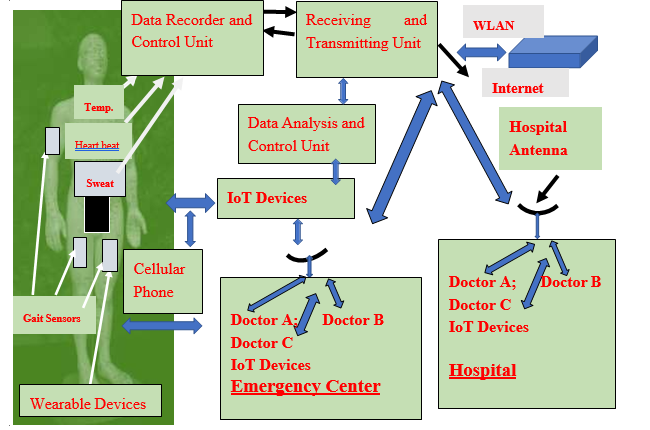
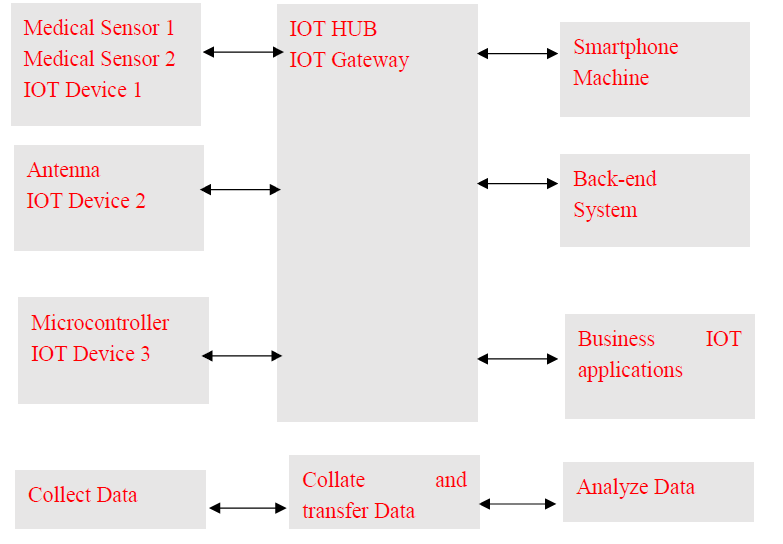

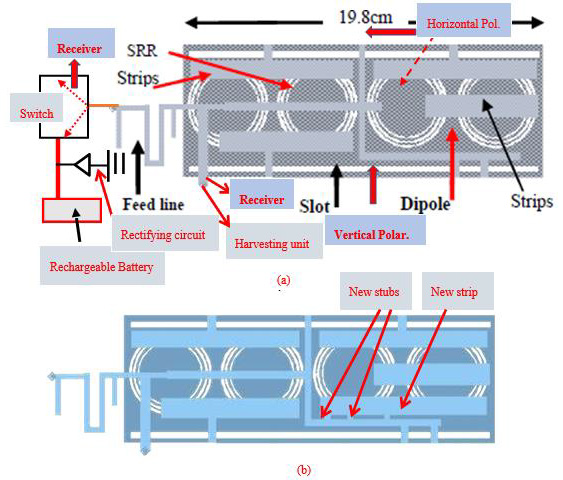
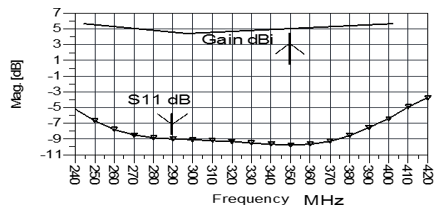
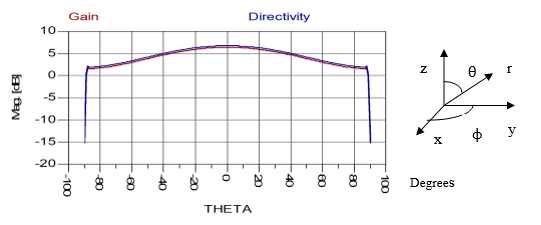
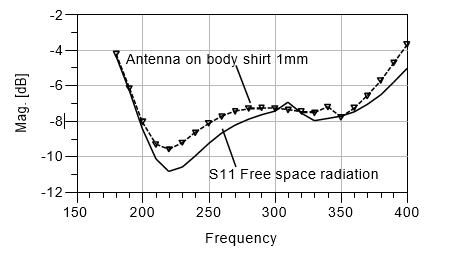
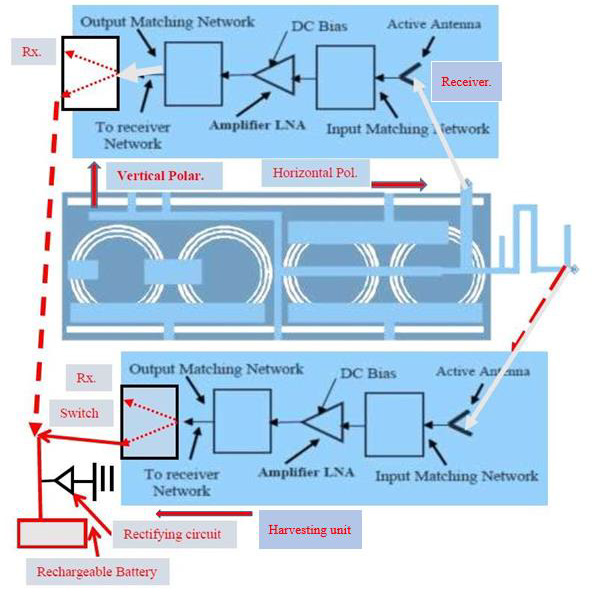
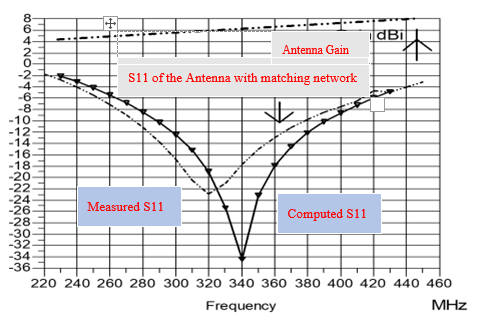
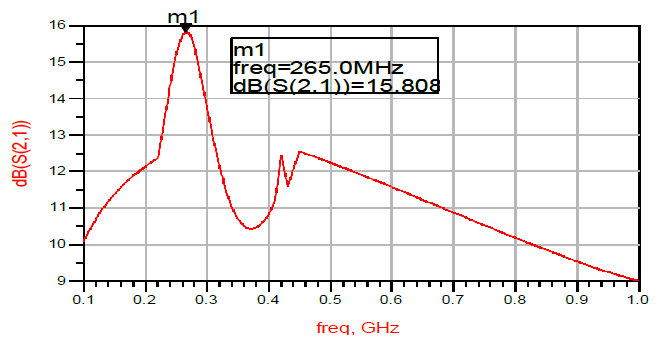
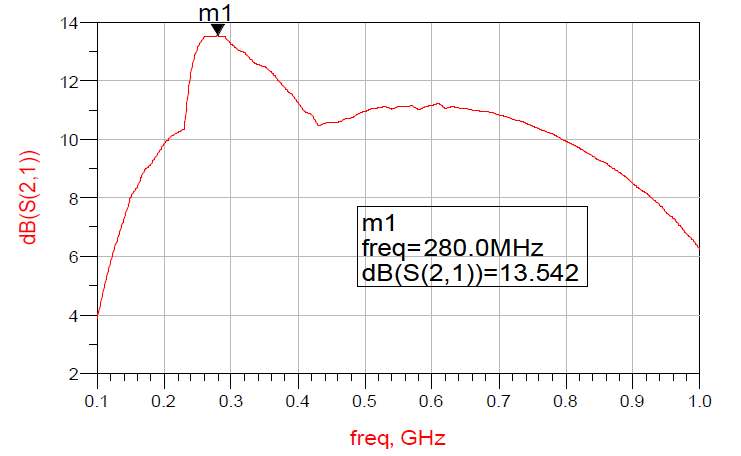
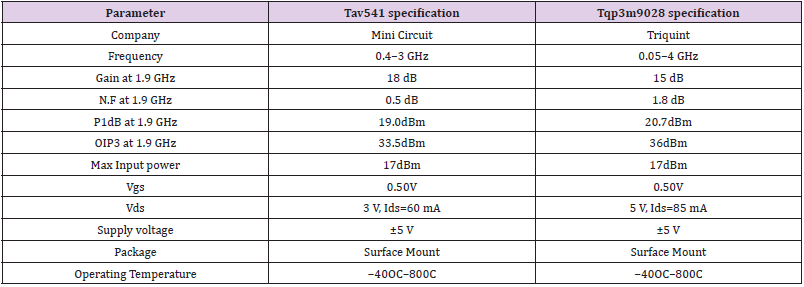


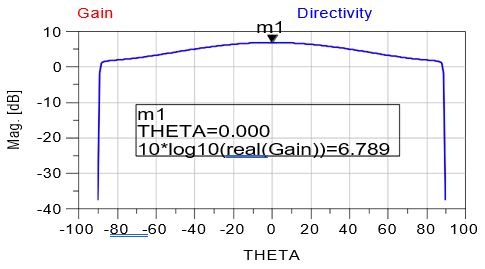
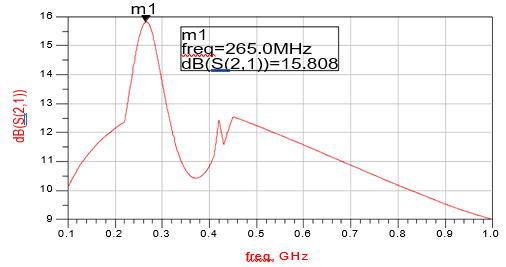
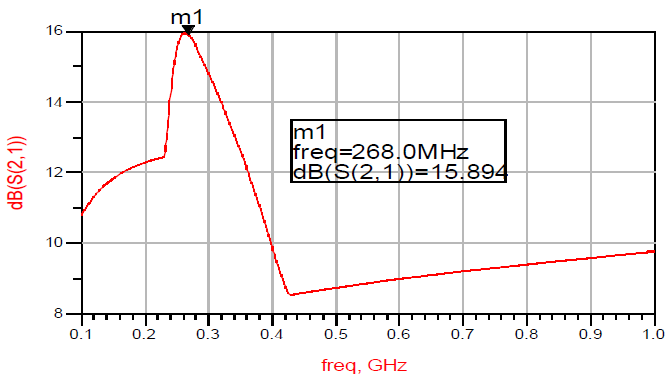
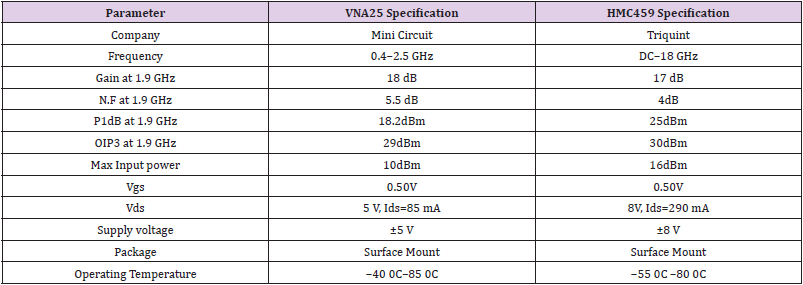

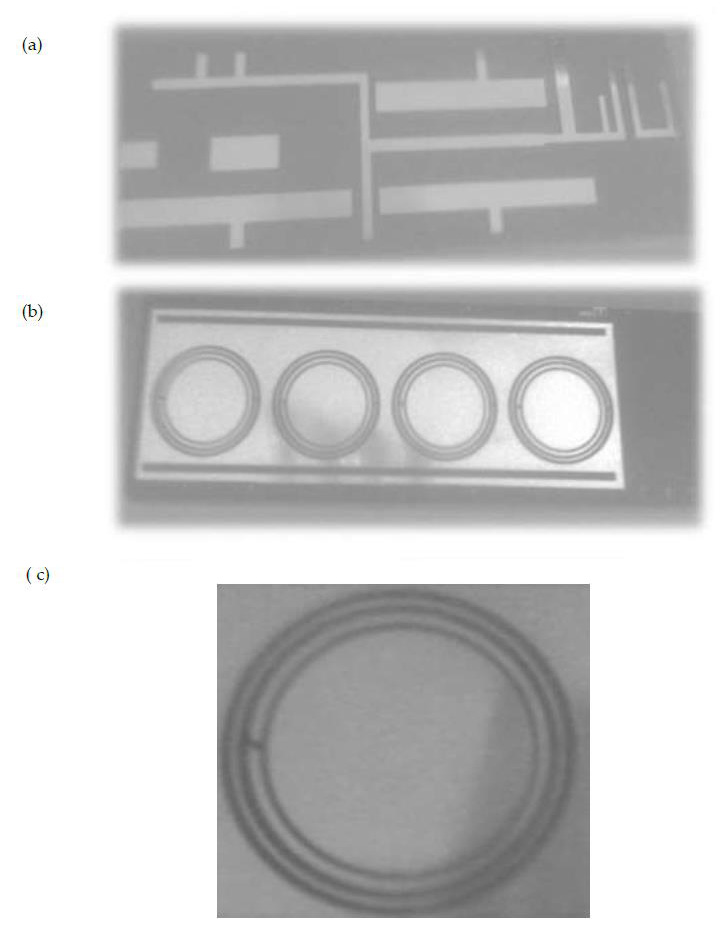
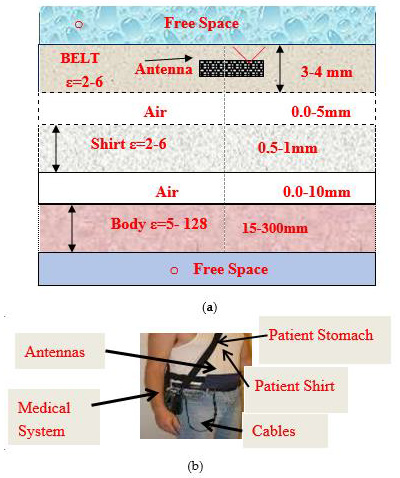

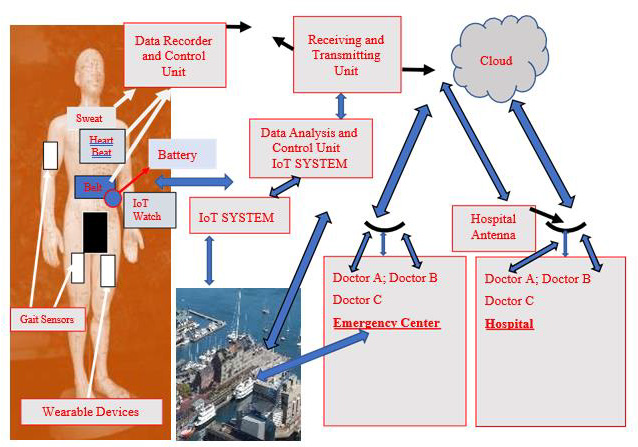

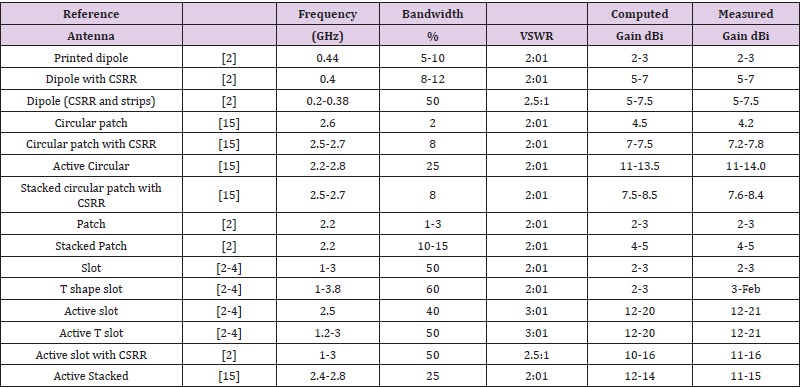


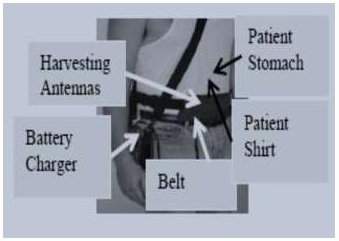


No comments:
Post a Comment
Note: Only a member of this blog may post a comment.